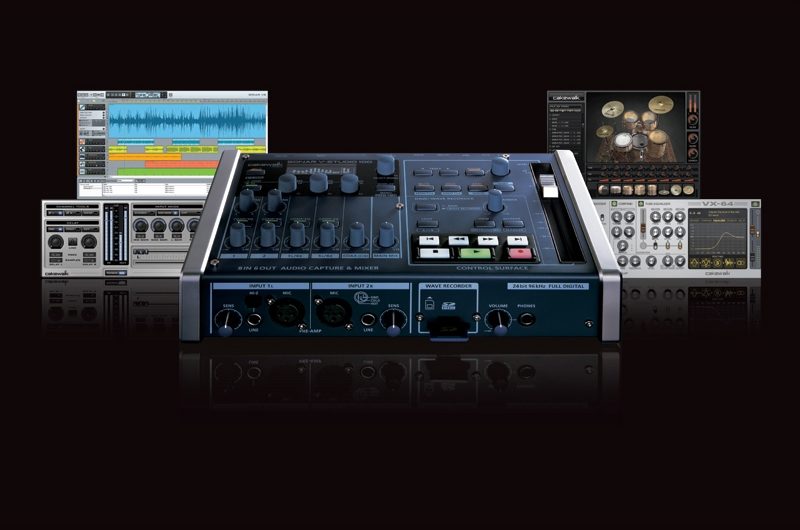LiveUSB Install is another nice third party Live Linux Bootable USB Creation tool created by Krasimir S. Stefanov. It can be used to quickly install a Live Linux distribution of your choice on a thumbdrive from ISO, CD/DVD, or torrent download. Other unique features include the ability to customize the syslinux.cfg file, use WinGrub, or write an IMG file to the flash drive.
This tutorial will show you how to create a Linux Live USB pendrive very easily. Click on the first link for a step by step tutorial: Preparation; Choosing a USB key; Selecting a source; Persistence; Options; Create; Using your Linux Live USB Key. A Live USB will let you run an operating system off of a USB drive, so you can try a operating system without a partition, or carry a favorite one with you, or have an emergency backup in case your computer crashes. In this Instructable, I will be showing you how to create such a USB drive. Plug the USB to be created a Live USB. Run A Bootable USB Software. Then click Check USB button, automatically will detect Flash Disk that is stuck in your computer. Make sure the USB choice who wants to become a Live USB. So, to make a live OS USB or CD; First, you'll need an.iso file of your Live OS which you wanted to use and make it bootable in a pendrive. In case, if you need to run a Linux-based live OS in your computer then you can browse this suggested link where you can see the list.
LiveUSB Install was written in python and will create a Live Linux USB from within Windows or Linux, so it is an optimal choice for those who prefer not to use Windows.
LiveUSB Install – Live USB Creator Screenshot:
LiveUSB Install Website: http://live.learnfree.eu
Download page: http://live.learnfree.eu/download
LiveUSB Install – Live USB Creator published under Bootable USB Creator Software
If you did not migrate your account yet, visit https://idp-portal-info.suse.com/
Version: 12.2+This applies to openSUSE 12.2 and above.
How To Use Usb Flash Drive
- 6Troubleshooting
Using Etcher
- Download the current ISO image of openSUSE Leap or Tumbleweed. The filename ends with '.iso'.
- Download, install and start Etcher
- Select the OpenSuse .iso file you just downloaded using the 'Select Image' button.
- Plug a USB drive into you computer, if it's the only drive connected to your computer, it will be automatically selected. If not, select it. Warning: All data on the drive will be destroyed. The drive can be reformatted and used as a normal drive again after the setup is finished.
- Click 'Flash'. The process of burning can last from 1 to up to 30 minutes depending on your drive and on the iso file.
- Unplug the USB drive. It now contains a bootable openSUSE installation.
Using Rufus
- Download the current ISO image of openSUSE Leap or Tumbleweed. The filename ends with '.iso'.
- Download and start Rufus
- Plug a USB drive into you computer and select it in Rufus (see screenshot) Warning: All data on the drive will be destroyed. The drive can be reformatted and used as a normal drive again after the setup is finished.
- Select the .iso file in Rufus with a click on the CD drive button located on the center right of the window. This should then automatically change some settings. Especially 'Create a bootable disk using' should change to 'DD Image'.
- Click 'Start'. Rufus may ask you to choose one mode from 'ISO Image mode' or 'DD Image mode'. Normally, 'DD Image mode' should be used. The copy process takes a couple of minutes. Note: Because of bug #939456, you could try to use 'ISO Image mode' for ThinkPad laptop, e.g. ThinkPad T470s, if you cannot boot the laptop with the USB stick made with 'DD Image mode'.
- Unplug the USB drive. It now contains a bootable openSUSE installation.
Using ImageUSB
Download ImageUSB and follow the instructions on their page.
Using SUSE Studio ImageWriter
We used to have SUSE Studio ImageWriter compiled for windows, but this is not maintained anymore. Feel free to fork it and build/maintain the windows version yourself.
Using GRUB4DOS
This method will keep all current data in your USB medium. Demonstration is provided in this video.Note: These instruction will not work, if your computer boots via UEFI (like most computers made after ~2011-2012 and all computers with preinstalled Windows 8/8.1/10); at first you must go to BIOS, enable Legacy boot (i.e. dissable UEFI/secure boot option)!
- Copy ISO into 'boot' folder of USB flash.
- Extract 'initrd' and 'linux' files into 'boot' folder of USB medium. These files located in booti386loader or bootx86_64loader directory of ISO image. For ISO mounting you can use, for example, Pismo File Mount Audit Package.
- GRUB4DOS installation into MBR of USB flash:
- download RMPrepUSB and install it;
- start RMPrepUSB;
- select your medium;
- click 'Install GRUB4DOS';
- confirm GRUB installation to MBR;
- confirm GRUB installation to selected medium;
- confirm GRLDR copying into selected medium.
- Create 'menu.lst' file in root folder of USB key. Content of 'menu.lst' should be (in both places – in line 2 and in line 5 – replace openSUSE.iso with real name of your ISO file):
Reboot your computer from USB stick.
Troubleshooting
Write access problems

If you get write access problems with the USB drive you can try to reformat the drive in Windows prior to writing the image.
Usb How To Use
This situation would happen very rarely, but in the even that your computer doesn't boot from the LiveUSB/DVD from the steps above, you might try the following procedure.
How To Use Usb Port
Unlike fdisk, diskpart will perform changes as you enter them, therefore, there is no write instruction.
